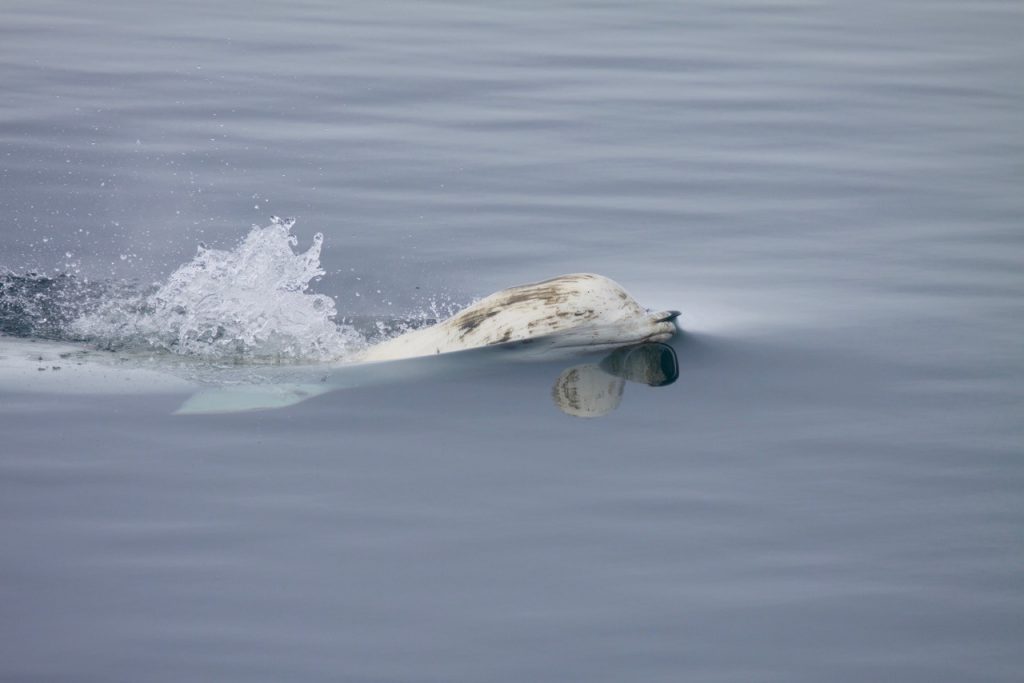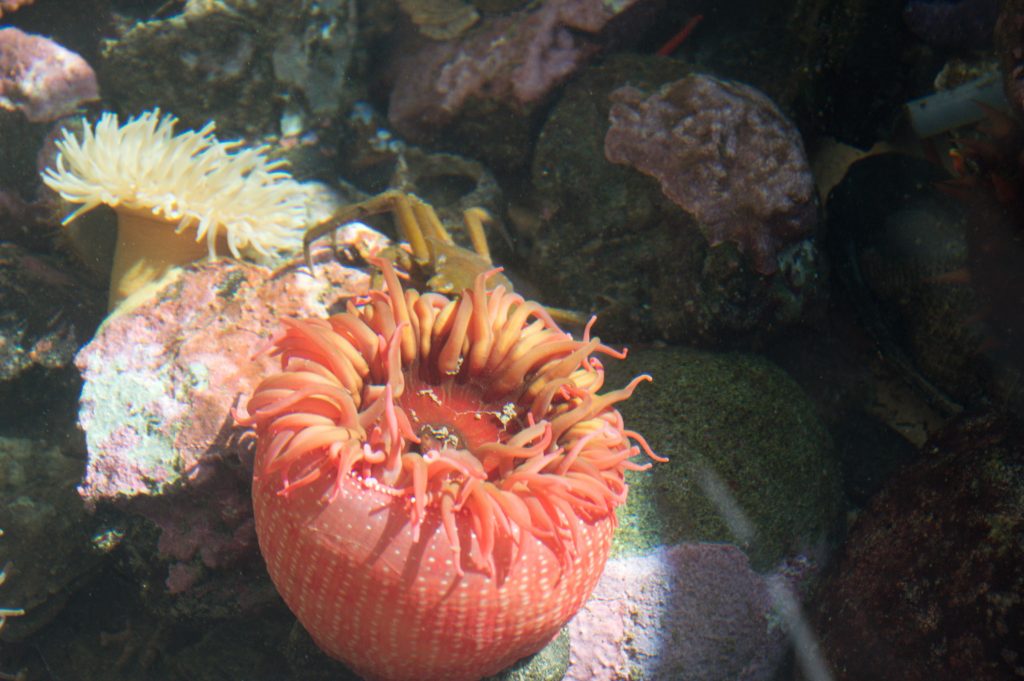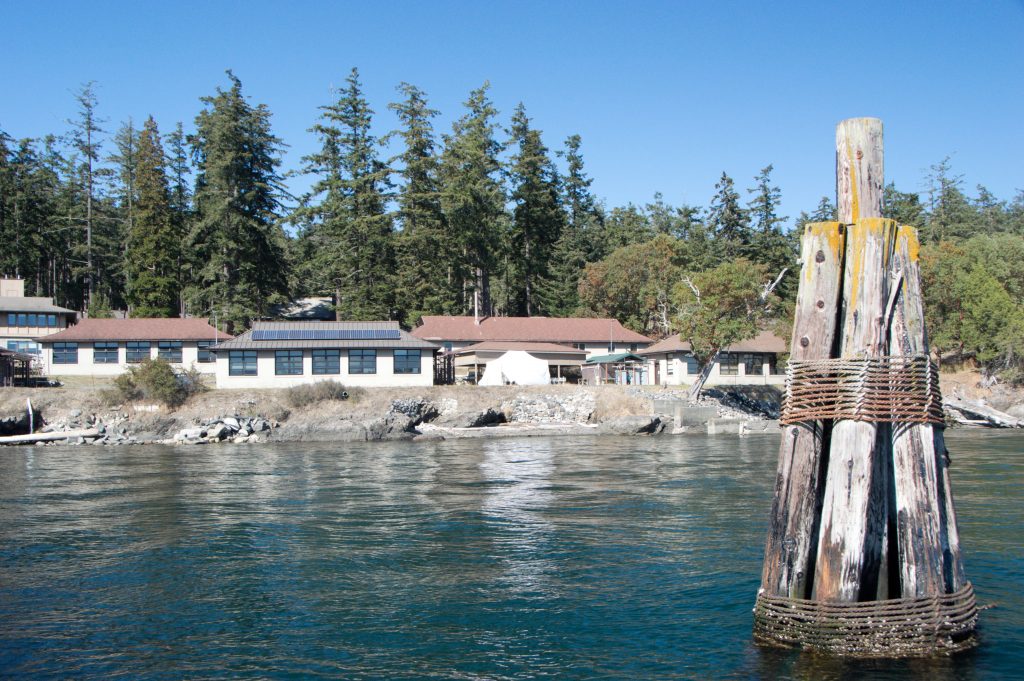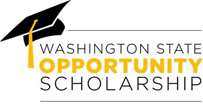
The National Oceanic and Atmospheric Administration (NOAA) is pleased to announce the availability of scholarships for undergraduate students majoring in disciplines related to oceanic and atmospheric science, research, or technology, and supportive of the purposes of NOAA’s programs and mission. Over 100 students are selected each year for participation in the Ernest F. Hollings (Hollings) and Educational Partnership Program (EPP) scholarship programs. These scholarships include support for two years of undergraduate study and summer internship opportunities at NOAAfacilities across the country.
For information on program benefits and how to apply, visit our web sites:
- Educational Partnership Program Undergraduate Scholarship: http://www.epp.noaa.gov/ssp_undergrad_page.html
o Application Deadline: January 31, 2017
- Ernest F. Hollings Undergraduate Scholarship:http://www.oesd.noaa.gov/scholarships/hollings.html
o Application Deadline: January 31, 2017
Eligibility Requirements:
- US Citizen
- 3.0 GPA (Hollings) or 3.2 GPA (EPP)
- Full-time second year student at an accredited four-year undergraduate program or third year student at a five-year undergraduate program
- Majoring in NOAA mission disciplines, including but not limited to: atmospheric science, biology, cartography, chemistry, computer science, education, engineering, environmental science, geodesy, geography, marine science, mathematics, meteorology, oceanography, physical science, photogrammetry, physics, etc.
- Enrolled at a Minority Serving Institution (EPPScholarship only)
For further information, contact the Office of Education Scholarship Programs at: StudentScholarshipPrograms@noaa.gov or (301) 628-2913.









